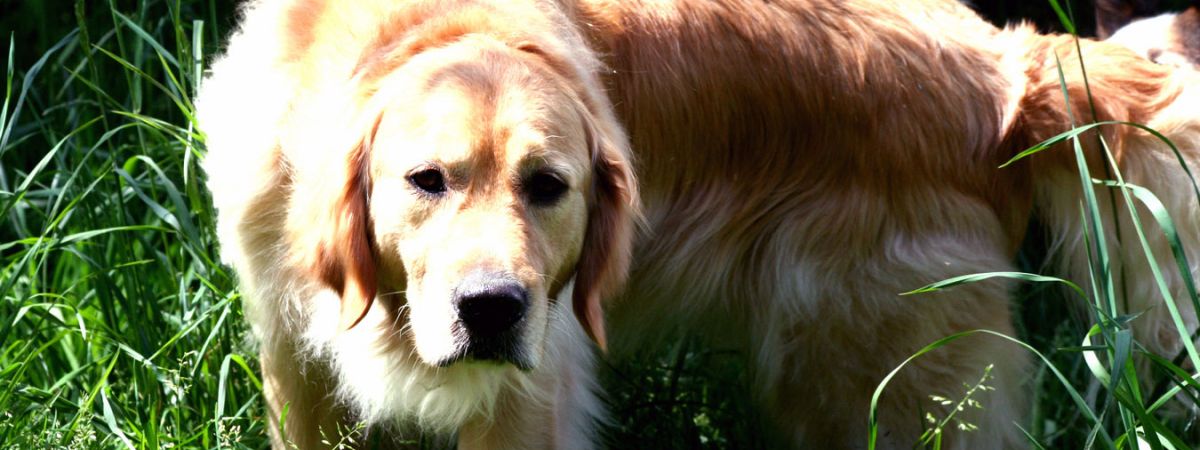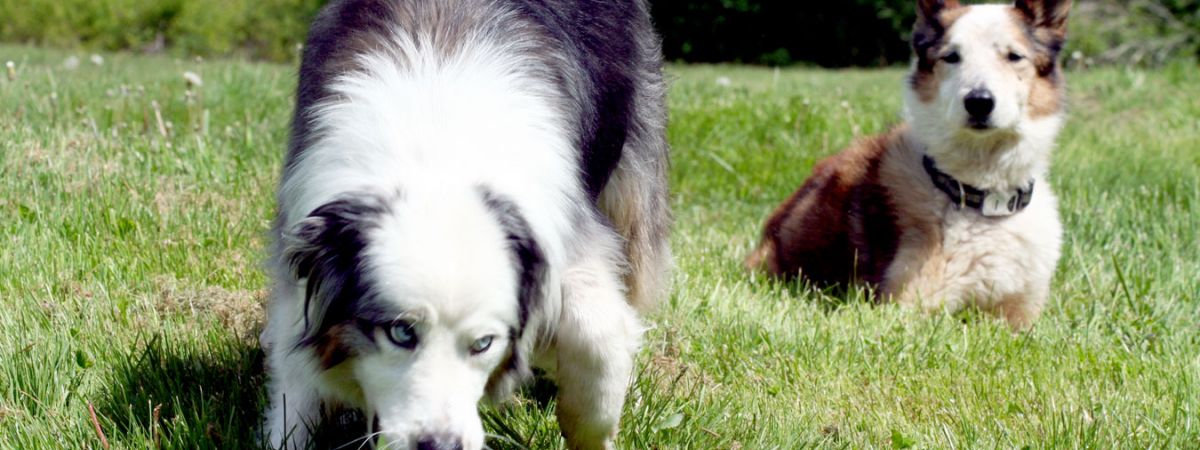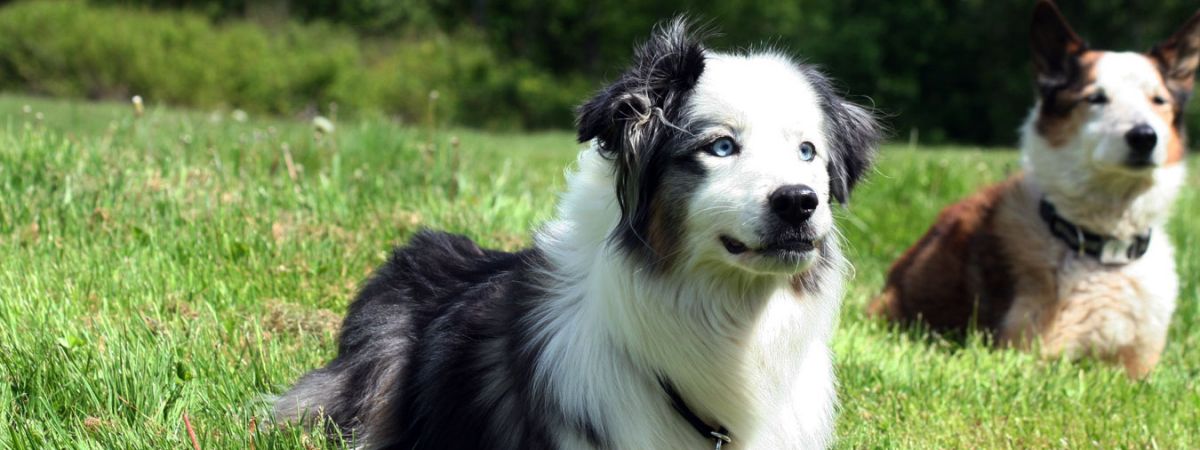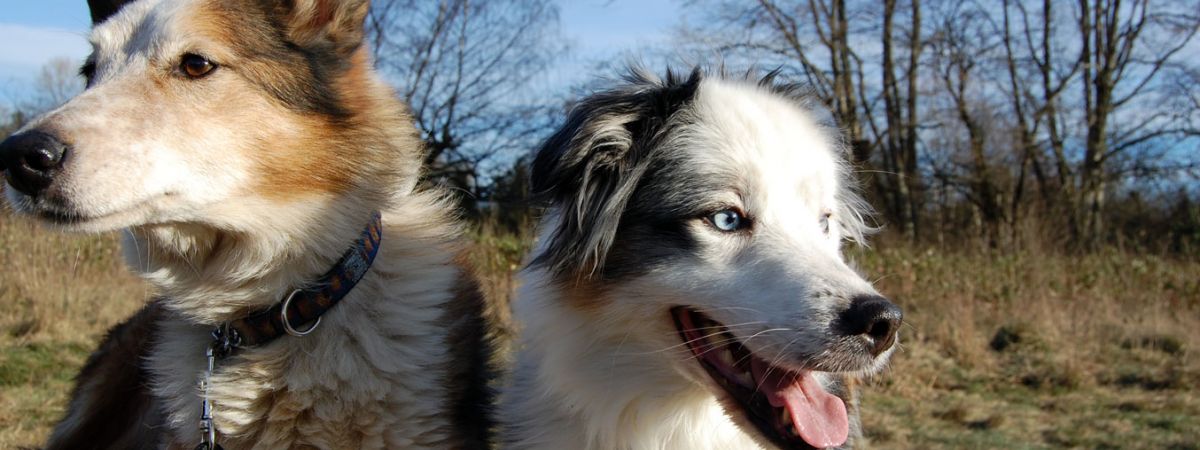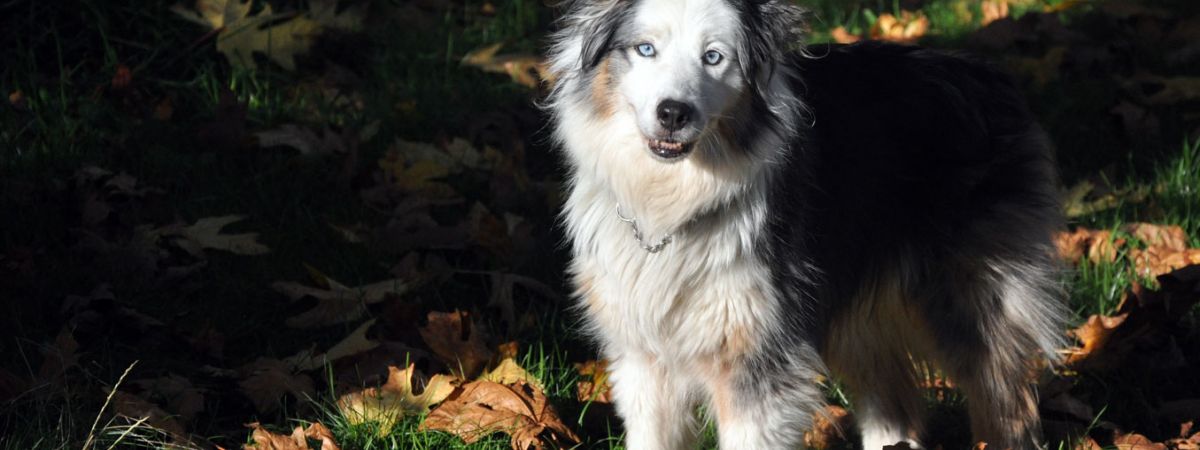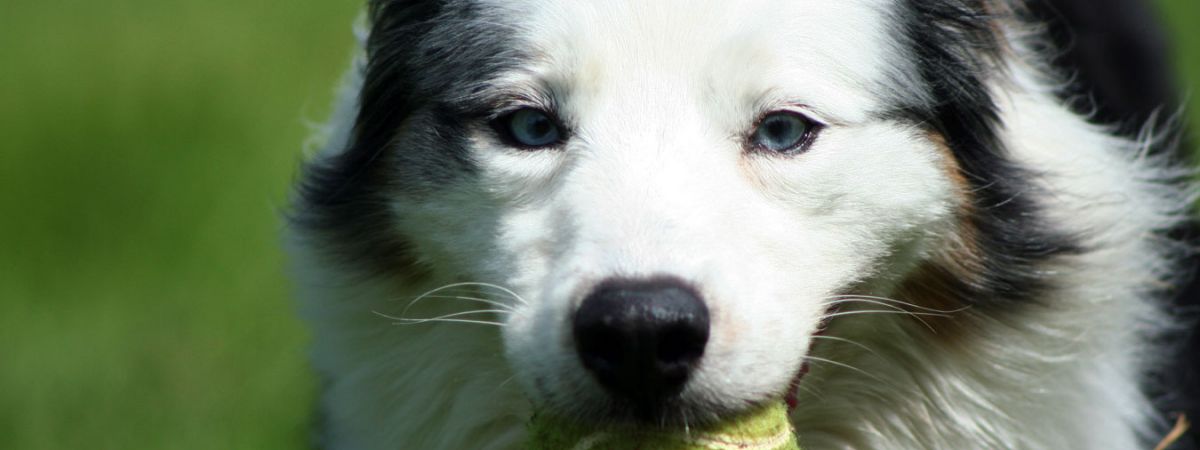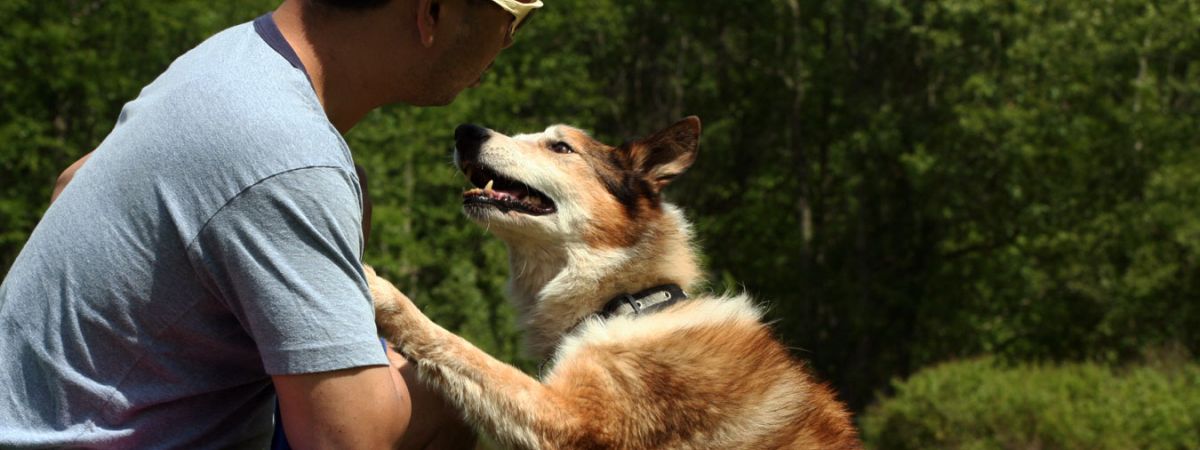Impulse Purchases are for Shoes, Not Pets
With the average life span of a dog being about 15 years, getting a puppy or dog is a huge commitment. It means that you will have to pay for food, veterinary care, grooming and other expenses, as well as paying attention to, training and taking care of the pet for at least 15 years. You will need to make sure that you always live somewhere that is pet friendly, and be prepared to stand by your dog through thick and thin.
So, if having a dog is such a huge commitment, why do so many people do it? Because there are also lots of enjoyments from having a pet. Witnessing their glee as they run after a ball, feeling comforted by their companionship, and stroking their soft fur after a difficult day are all things most people enjoy about their dogs. Besides, pets make great listeners when you have a problem and studies show that people’s blood pressure lowers when spending time with a dog.
All of these wonderful things set aside, it’s important to go into pet ownership with a clear head. While seeing an adorable pair of shoes that you “must have” may be an acceptable impulse buy, purchasing or adopting a dog on a whim definitely is not. But you may be surprised how many people end up with a dog or puppy based on just such an impulse!
There are some who do their research, meet with breeders and then can’t decide on just one puppy from the litter so they end up getting two or three. There are some who are going through a difficult time in their life so they get a dog because they want comfort, without taking into consideration the long term commitment. And still others who buy dogs at pet stores because they’re so cute in the window.
While some of these situations turn out fine, they are by no means ideal. For example, if a person planned on two puppies and thought it out ahead of time, they would already be prepared with two crates, two sets of leashes, collars, bowls and supplies, double vet bills, training and grooming bills, etc. Not to mention the chaos that can occur when two puppies actually live in your house. But for those who weren’t planning on this project and undertake it on impulse, this can turn out to be far more than the person bargained for.
Likewise for those who run out and get a dog on impulse, perhaps following the death of a family member or an elderly pet, a divorce or illness, or some other personal difficulty. Frequently, the person finds that the work involved with a new pet is not as soothing as they’d expected and instead leads to additional work and expense that they may not have been prepared for.
All in all, the point of this article is that pets are great to have. They can bring much joy to a person’s life and can be an important part of the family. But it is a big commitment that needs to be entered into with a clear head… not on impulse.
Before getting a dog, everyone in the household should be made aware of and agree to the work and expenses involved. You should be living somewhere that is pet friendly and if you are a renter, realize that if you ever have to move, it may be a challenge to find another apartment to accommodate you and your pet. Your budget should be examined to ensure that there is room for the additional expense of a pet, even if an unforeseen, expensive illness should occur. And your schedule should be such that your dog is not home alone more than an absolute maximum of eight hours per day.
By thinking it out ahead of time and going into pet ownership decisions with a clear head, much heartbreak can be avoided while ensuring that your circumstance does not end up contributing to the large number of homeless pets in the world.

